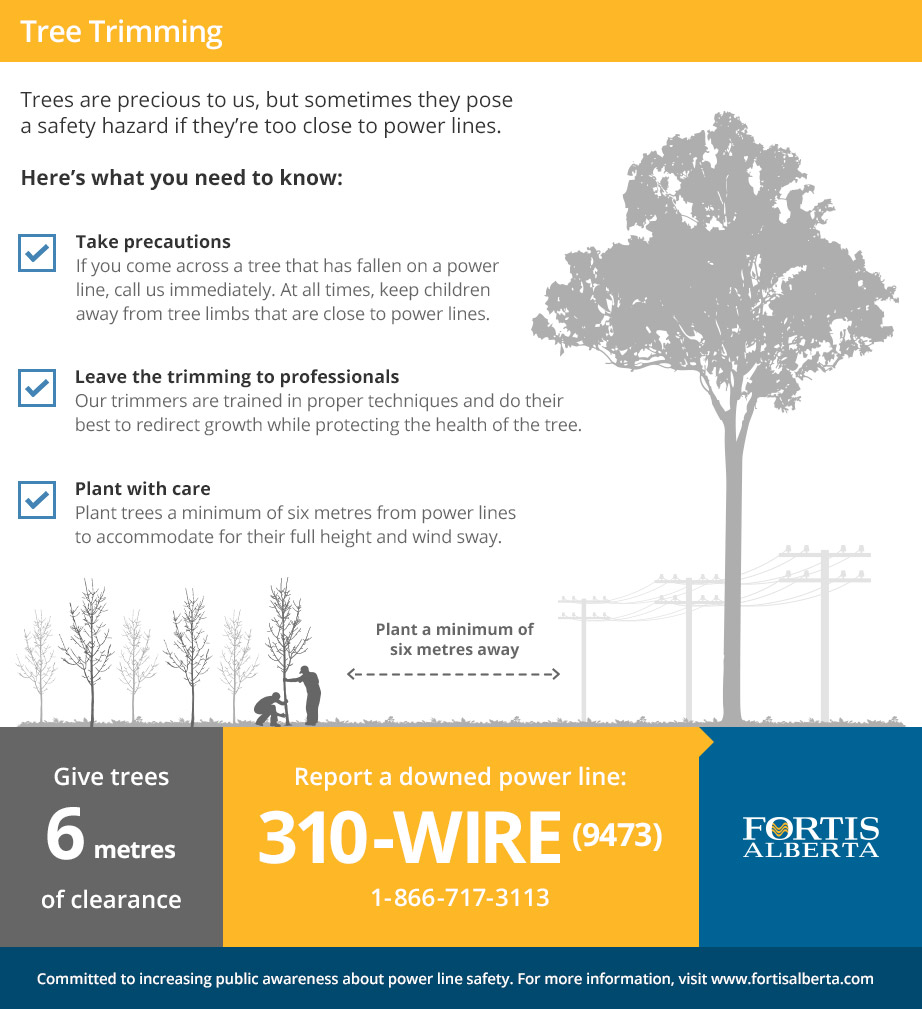Recognize Important Signals That May Suggest Your Tree Is Unsafe; Comprehending These Can Assist Guarantee The Security Of Your Residential Property And Enjoyed Ones.What Should You Observe Next?
Recognize Important Signals That May Suggest Your Tree Is Unsafe; Comprehending These Can Assist Guarantee The Security Of Your Residential Property And Enjoyed Ones.What Should You Observe Next?
Blog Article
Author-Lillelund Connell
When it concerns tree care, acknowledging the indications that it's time for elimination is necessary for your safety and security and property. You could see blemished fallen leaves, wilting branches, or weird fungal developments suggesting illness. Structural issues, like a significant lean or fractures in the trunk, can additionally posture risks. Understanding visit the next page can aid you make educated choices regarding your trees and prevent prospective threats lurking in your backyard. What should you look for next?
Indications of Degeneration and Disease
When you observe signs of degeneration and disease in your trees, it's essential to act quickly. Look for tarnished fallen leaves, wilting branches, or uncommon growths like fungus. These can suggest that your tree is battling.
If you see cracks in the bark or soft, mushy wood, these symptoms suggest interior degeneration. Additionally, a sudden increase in bugs around your tree can signal that it's deteriorated and susceptible.
Look for any kind of dead or passing away limbs, as they present a danger to your building and safety and security. If you doubt about what you see, getting in touch with an arborist can offer clearness.
Attending to these indications early can conserve you from more considerable damages and make sure the health of your yard. Do not wait up until it's far too late.
Structural Instability and Leaning
As you observe your trees, watch out for any indications of architectural instability or leaning. If a tree leans significantly, it might indicate that the root system is endangered.
Seek any splits in the trunk or soil around the base; these can indicate potential failure. Additionally, check for uncommon growth patterns, like an uneven crown, which may recommend that the tree is struggling to hold itself upright.
If you see that the tree leans toward your home, high-voltage line, or other structures, it postures a higher risk. Do not overlook these indicators-- speak with an arborist to assess the situation.
Acting early can protect against costly damages and ensure your safety and security.
Dead or Dying Branches and Foliage
If you see dead or dying branches and foliage on your tree, it's a clear indication that something's incorrect.
These undesirable areas can suggest underlying concerns like illness, pest infestations, or ecological stress. When branches lose their fallen leaves or transform brown, they're no longer adding to the tree's health. Neglecting these signs could bring about additional decrease, making your tree a lot more harmful.
If A Neighbor's Tree Falls On My Property Who Is Responsible For Removal can easily break off during tornados, posing a threat to property and individuals nearby. It's important to analyze the degree of the damage.
If the problem influences a considerable part of the tree, think about seeking advice from a professional. They can aid identify if elimination is necessary to guarantee safety and security and keep the appeal of your landscape.
Final thought
If you notice any kind of indications of degeneration, structural instability, or dead branches on your trees, don't neglect them. These indications can posture serious safety and security risks to you and your residential property. It's always best to consult an expert arborist that can supply a professional evaluation of your trees. Doing something about it early can prevent accidents and costly damages, guaranteeing your landscape continues to be secure and healthy. Keep in mind, it's much better to be positive concerning tree treatment than to wait on a disaster to happen.
